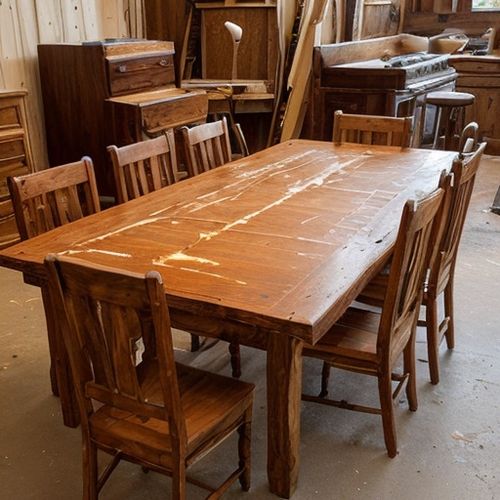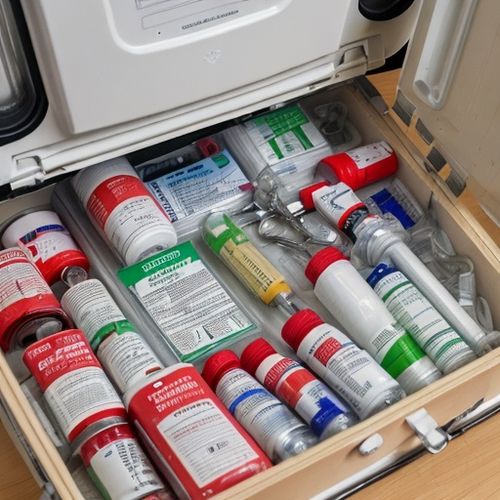The rainy season brings with it a host of challenges, particularly when it comes to keeping our belongings dry and free from moisture damage. From musty-smelling clothes to malfunctioning electronics, the dampness can wreak havoc if not properly managed. While many of us are familiar with basic precautions, there are several lesser-known yet highly effective strategies to combat humidity and protect our valuables during wet weather.
One of the most persistent problems during prolonged rainfall is the musty odor that clings to fabrics. This unpleasant smell is caused by mold and mildew thriving in damp conditions. To prevent this, it’s crucial to ensure proper airflow in storage areas. Hanging clothes in well-ventilated spaces or using moisture-absorbing products like silica gel packets can make a significant difference. For those who rely on dryers, adding a few clean tennis balls to the load helps fluff up fabrics and reduce drying time, minimizing the window for moisture to settle in.
Electronics are particularly vulnerable to humidity, which can lead to corrosion and short circuits. Storing devices in airtight containers with desiccants is a common solution, but there’s more to it. Powering on gadgets regularly generates enough heat to evaporate internal moisture, keeping circuits dry. For those living in exceptionally humid regions, investing in a dehumidifier for rooms where electronics are stored can be a game-changer. Even something as simple as placing a small bowl of uncooked rice near devices can help absorb excess moisture in the air.
Leather goods and shoes require special attention during wet weather. Waterproof sprays provide a protective barrier, but they’re not foolproof. Stuffing shoes with newspaper after exposure to rain helps retain their shape while drawing out moisture. For leather items, applying a thin layer of conditioner prevents cracking and maintains flexibility. It’s also wise to rotate footwear, allowing each pair ample time to dry completely before wearing them again.
Books and paper documents are often overlooked victims of humidity. Warped pages and mold growth can ruin cherished collections. Keeping them in plastic bins with tight-fitting lids offers basic protection, but interleaving pages with acid-free paper provides an additional moisture barrier. For valuable books, maintaining a consistent room temperature is just as important as controlling humidity levels, as fluctuations can cause condensation.
In kitchens and pantries, moisture can lead to clumping spices and soggy cereal boxes. Transferring dry goods to glass or plastic containers with rubber seals creates an impermeable barrier against damp air. Adding oxygen absorbers to these containers extends the shelf life of food items significantly. Even refrigerator contents aren’t immune – placing a paper towel at the bottom of vegetable drawers absorbs excess moisture that accelerates spoilage.
For those dealing with persistent dampness in living spaces, the solution might lie in unexpected places. Charcoal briquettes, known for their use in grilling, are excellent natural dehumidifiers when placed in breathable containers around the house. Similarly, rock salt dissolved in water creates a brine solution that pulls moisture from the air when left in shallow pans. These low-cost alternatives can be particularly helpful for renters who can’t install permanent dehumidification systems.
Technology offers sophisticated solutions as well. Smart humidity sensors can now connect to home automation systems, triggering dehumidifiers or activating exhaust fans when moisture levels rise beyond a set threshold. These systems provide real-time monitoring and prevent problems before they start, though they represent a more substantial investment than traditional methods.
Ultimately, combating moisture damage requires a combination of vigilance and creativity. The strategies that work best often depend on specific circumstances – the local climate, the type of items being protected, and available resources. By understanding how moisture interacts with different materials and implementing tailored solutions, it’s possible to emerge from the rainy season with belongings intact and functional. The key lies in proactive measures rather than reactive fixes, transforming what could be a season of frustration into one of preparedness and preservation.

By Rebecca Stewart/Apr 25, 2025

By James Moore/Apr 25, 2025

By William Miller/Apr 25, 2025

By Samuel Cooper/Apr 25, 2025

By Rebecca Stewart/Apr 25, 2025

By James Moore/Apr 25, 2025

By David Anderson/Apr 25, 2025

By James Moore/Apr 25, 2025

By Eric Ward/Apr 25, 2025

By Olivia Reed/Apr 10, 2025

By Ryan Martin/Apr 7, 2025

By Sarah Davis/Apr 7, 2025

By Natalie Campbell/Apr 7, 2025